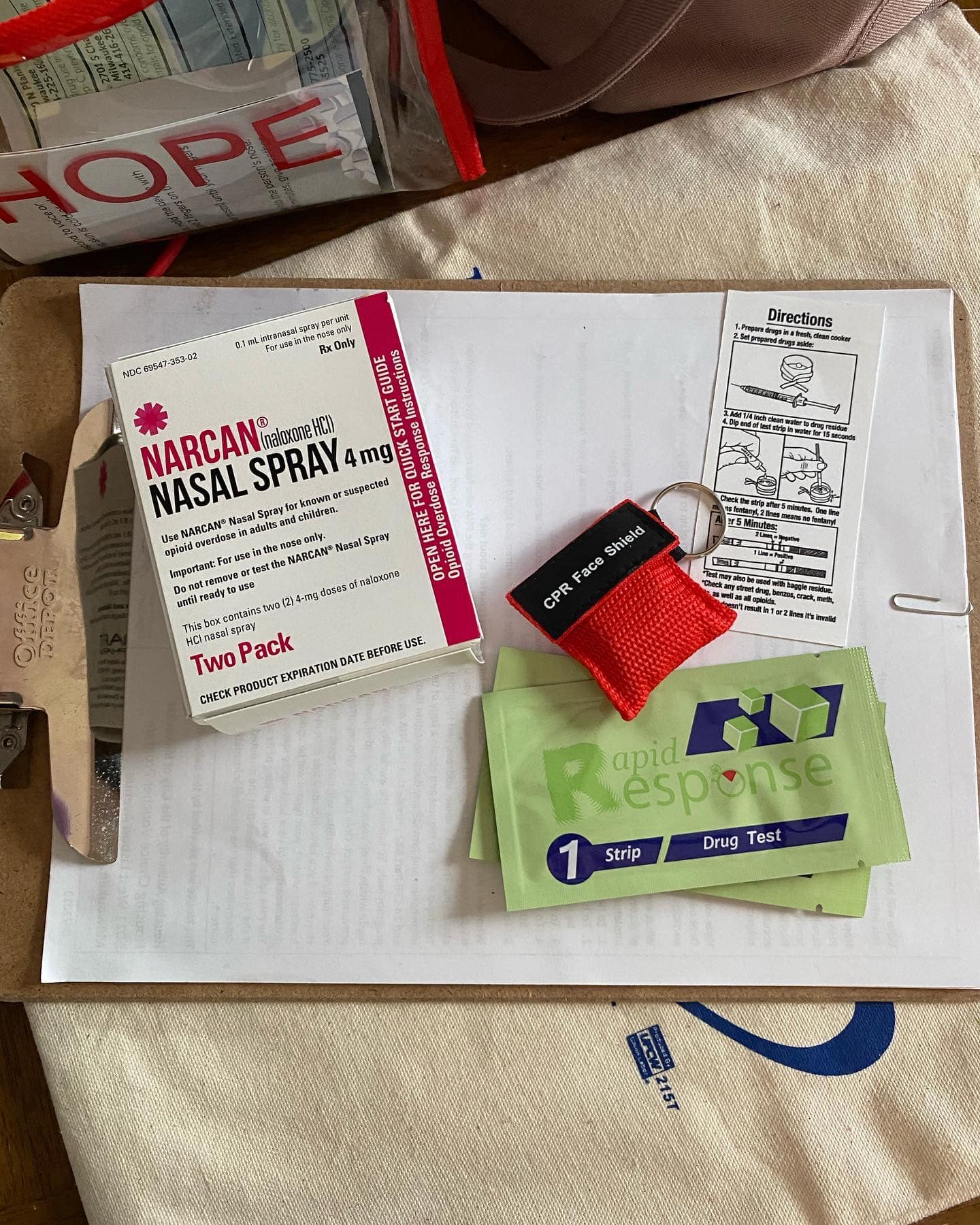Most states have a database for tracking potential abusers of painkillers. After years of planning, now Wisconsin does too; however, the impact will not be immediate and the desired results not a given.
Pharmacists are just starting to report who gets controlled substances like Oxycontin and Vicodin – how often and in what quantities. Law enforcement will not have access to the system until June. Police will need a court order.
Marshfield police officer Jim Cramm was a member of the state’s Controlled Substances Workgroup. He says tracking prescription drugs is an important step in combating diversion and misuse: “It takes several hours to draft a warrant, but I tell you what: It’s better than not having it at all.”
Stay informed on the latest news
Sign up for WPR’s email newsletter.
Prescription drug monitoring programs have been shown to reduce drug treatment admissions. But the National Alliance for Model State Drug Laws also points out states have had mixed results in reducing the overall supply of opoids used for nonmedical purposes.
A cost-benefit analysis done in 2010 for the Wisconsin Pharmacy Examining Board estimates a 5 percent deterrence rate, with millions in health savings from problems like overdoses.
Tom Engels is with the Pharmacy Society of Wisconsin.
“One of the encouraging things that have happened is that the [Veteran’s Affairs] system also will be downloading into all state’s prescription drug monitoring systems. That was a huge issue, because at first the VA was going to exempt themselves.”
According to the Centers for Disease Control, prescription drugs are now involved in more overdose deaths than heroin and cocaine combined.
Wisconsin Public Radio, © Copyright 2024, Board of Regents of the University of Wisconsin System and Wisconsin Educational Communications Board.






